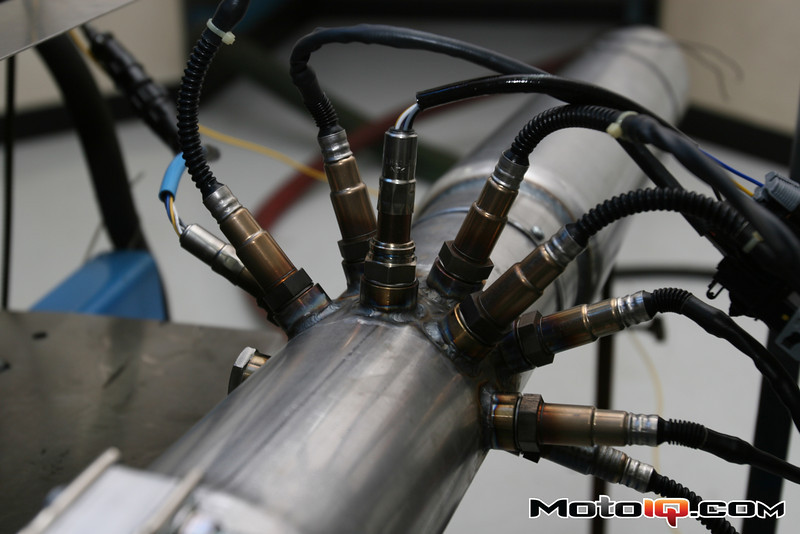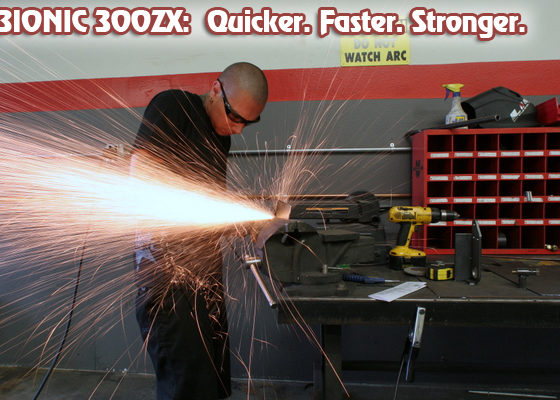,
 |
| A Titania sensor was more comon in cars made before 1994 |
A less common type of narrow band O2 sensor has a ceramic element made of aluminum titanate (titania). The titania sensors were more common before 1994 where stricter emissions standards made them obsolete. The sensing element is made of a porous aluminum titanate ceramic mixture sandwiched between thin layers of platinum. Unlike a zirconia sensor, a titania sensor does not produce voltage. The titania sensor reacts to the potential difference between air and exhaust gasses by changing its electrical resistance according to the concentration of oxygen in the exhaust gasses. The ECU sends the sensor a 5 volt power supply and measures the change in voltage across the sensor. The resistance of the sensor will vary from around 20 kilohm for a lean air fuel ratio to about 1 kilohm for a rich air fuel ratio. Like the zirconia sensor, titania sensors output is so nonlinear that it can only be used as a “rich or lean” indicator. Titania sensors are more expensive than zirconia sensors and are considered less accurate, but have a faster response. Since the titania sensor does not require an outside air reference, it works better in dirty environments where the sensor may be hit externally with dirt or oil splash that could foul the reference port of a zirconia sensor. Below is a chart of a typical titania sensors resistance values with differing air fuel ratios.
 |
| Resistance of a titania sensor with different air fuel ratios |
If your car was made before 1998 and possibly as late as 2002, it probably uses one of these sensors. You can spot a narrow band sensor because it will only have 2, 3 or 4 wires coming out of it. The main disadvantage of narrow band sensors from a tuners stand point is their slow response and lack of ability to monitor anything other than which side of stoichiometric the air fuel ratio is. Any air fuel ratio meter that uses a narrow band O2 sensor is absolutely useless and it is dangerous to attempt to tune with one of these devices. This type of meter is useful only as a closed loop operation confirmation device. Unfortunately until a few years ago, this was the only type of affordable air fuel ratio meter that was available for an affordable price to the average consumer. If you happen to own one of these devices, throw it in the trash before you hurt an engine trying to tune with it.



